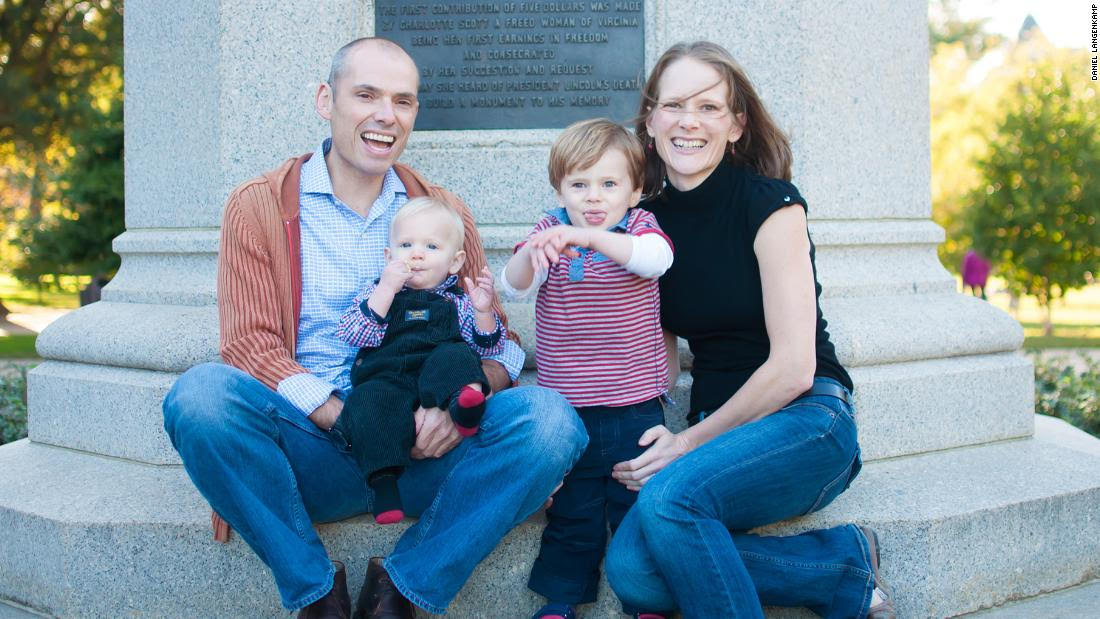Resource Library
Date: Wednesday, October 1, 2025 · Time: 12 p.m.–1 p.m. MT
This report is for public health practitioners seeking funding sources for building sidewalks, crosswalks, and other supportive street features (also known as “infrastructure”) and programs that help people be more physically active. It may also be beneficial for champions who support walking and biking, and staff from departments of transportation (DOT) to identify emerging strategies for transportation funding in their state.
In 2021, the Safe Routes Partnership published a first of its kind analysis of state funding dedicated to support walking, Safe Routes to School, and other projects to promote community environments that support physical activity across the country: Investing in Health, Safety, and Mobility: A Report on State Funding for Walking, Bicycling, and Safe Routes to School. This fact sheet provides up-to-date, in-depth details on how states have been funding walking, biking, and Safe Routes to School programming and infrastructure since that time. It includes updated data through the end of 2023 with funding amounts, sources, and examples from successful programs.
Date: Wednesday, August 13, 2025 · Time: 3 p.m.–4 p.m. ET
Bipartisan Legislation in Congress to Support Safe Routes to School
“Keeping kids safe on the way to school” is a winning message on both sides of the aisle. At a time when Washington, DC and the nation feel more divided than ever, we celebrate bipartisan legislation to strengthen the Safe Routes to School movement in the US.
Looking for a cost-effective, high-impact way to create safe routes in your community? Pop-up projects might be your solution!
This fact sheet will cover how to use pop-up projects to build support and attract funding for infrastructure improvements. For information on how to plan and install the actual pop-up projects, read Tactical Urbanism and Safe Routes to School.
These temporary, low-cost initiatives are not only faster and more flexible to implement compared to permanent infrastructure, but they can also generate support for further investments that improve conditions for people biking and walking.
Pop-up projects can quickly and inexpensively show how relatively small-scale changes improve safety and accessibility while sparking excitement, drawing attention, and drumming up community interest, leading to funding broader-scale permanent changes.
This factsheet is intended to help public health practitioners interested in working with their state departments of transportation (DOT) to understand how to use available toll credits to reduce the local match to access TAP funds.
The Transportation Alternatives Program (TAP) is a key source of federal funding local communities can use to support walking, Safe Routes to School, and other projects to promote community environments that support physical activity across the country. To access these funds, communities must provide a local match (non-federal funding), typically 20 percent of the project’s total cost. With TAP projects costing on average $450,000, the local match may be a barrier for many communities, particularly small and rural places. However, there is an innovative approach that states are using to help communities access TAP—it’s toll credits, which can be used in place of local match!
Date: Tuesday, June 3, 2025 · Time: 2 p.m.–3 p.m. ET
The Safe Routes Partnership is taking a closer look at Safe Routes to School stories, successes, and best practices from state and local programs to weave a detailed tapestry of work across the country.
Date: Tuesday, April 8, 2025 · Time: 1 p.m.–2 p.m. ET

Photo courtesy of Dan Langenkamp
All across the country, the Transportation Alternatives Program is the leading source of federal formula funding for walking, bicycling, and Safe Routes to School projects that help us achieve that vision. It funds sidewalks, bike lanes, and Safe Routes to School programs.
Date: Tuesday, April 1, 2025 · Time: 11 a.m.–12 p.m. MT
Instead of the cheery “20th anniversary of Safe Routes to School” message we had planned to release, we take this moment to acknowledge how current events affect the Safe Routes to School movement, and most importantly the people who make up this field.

